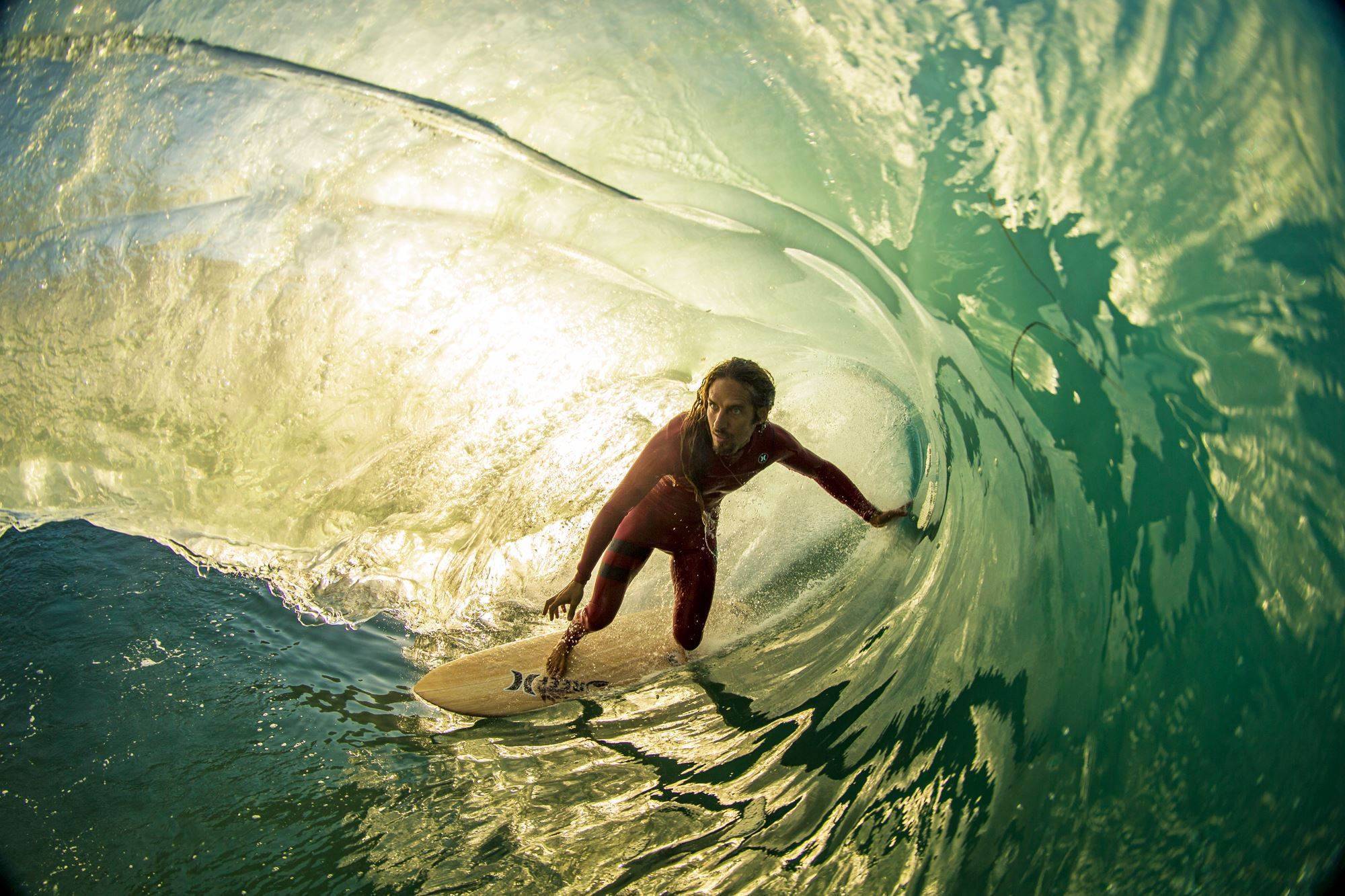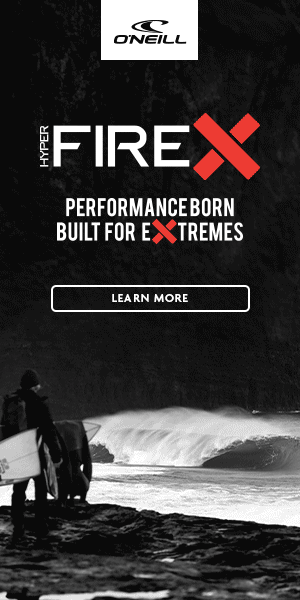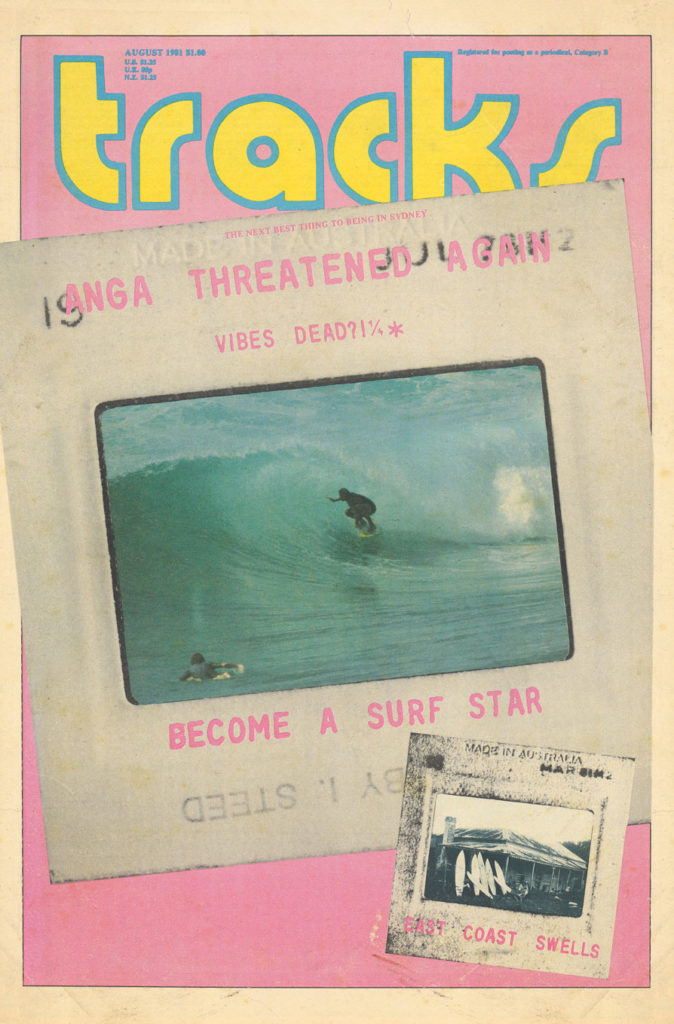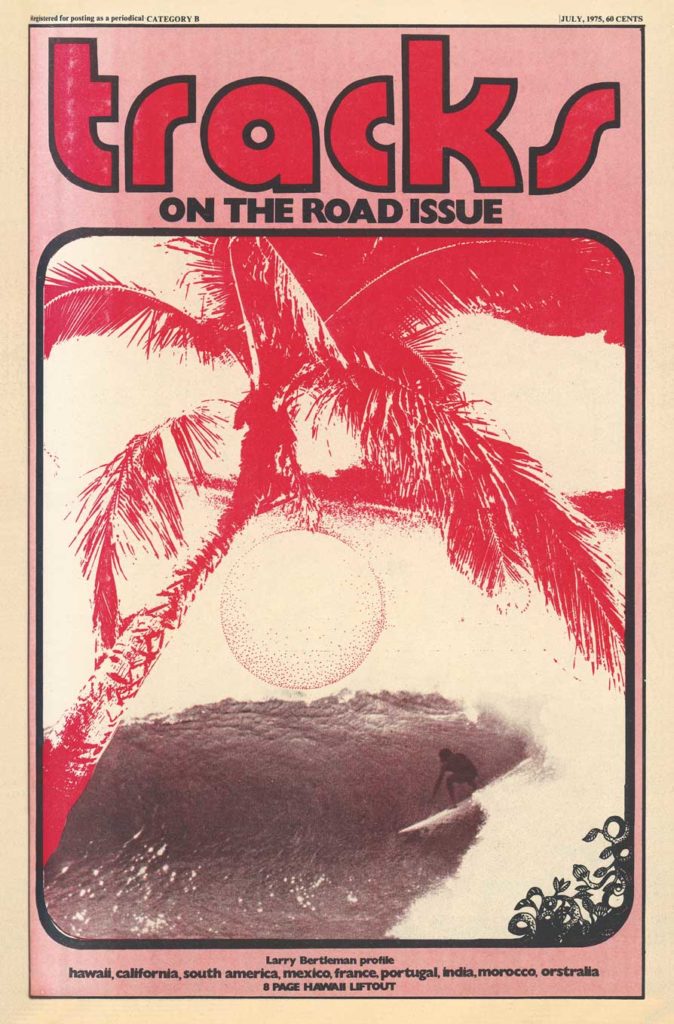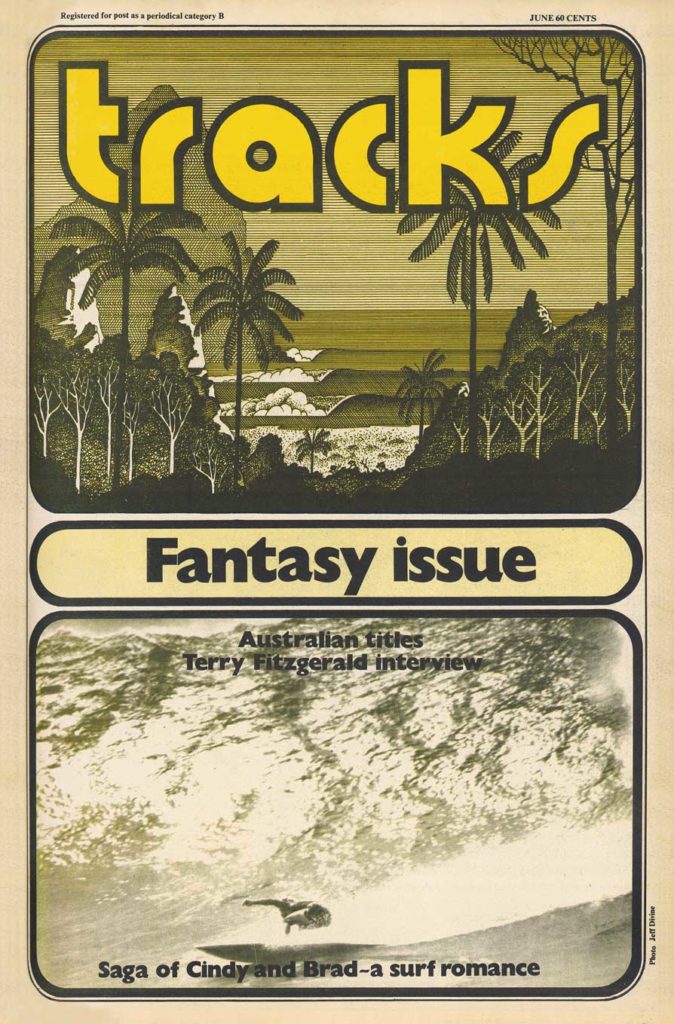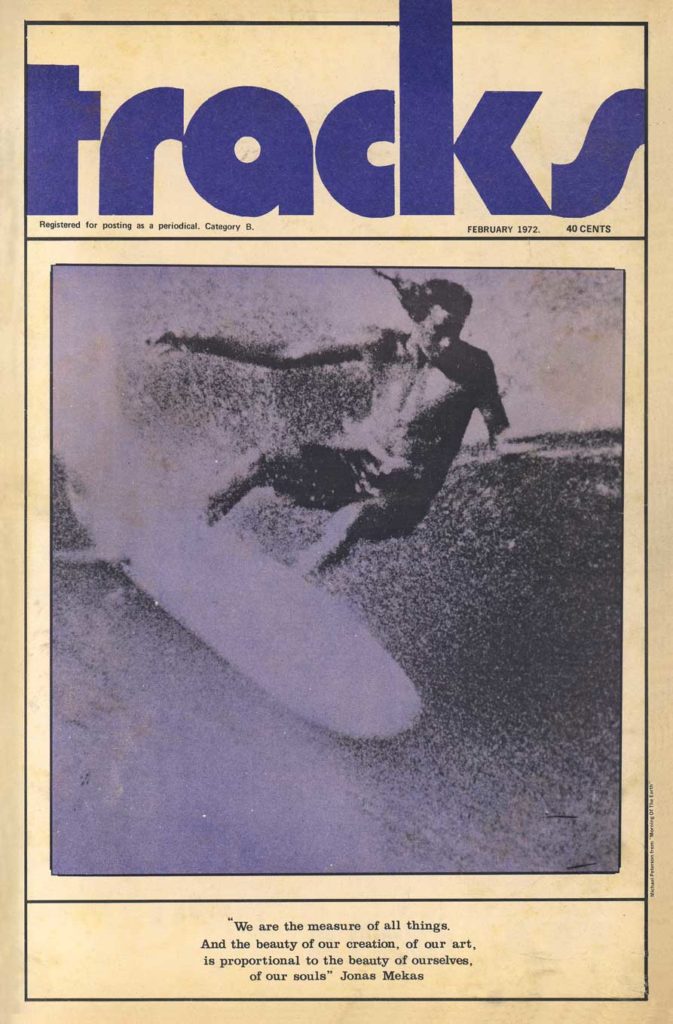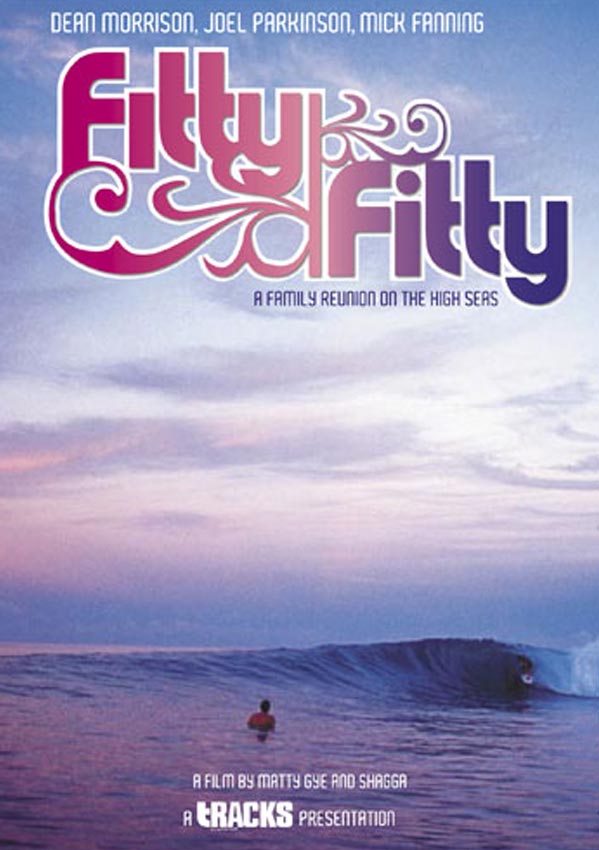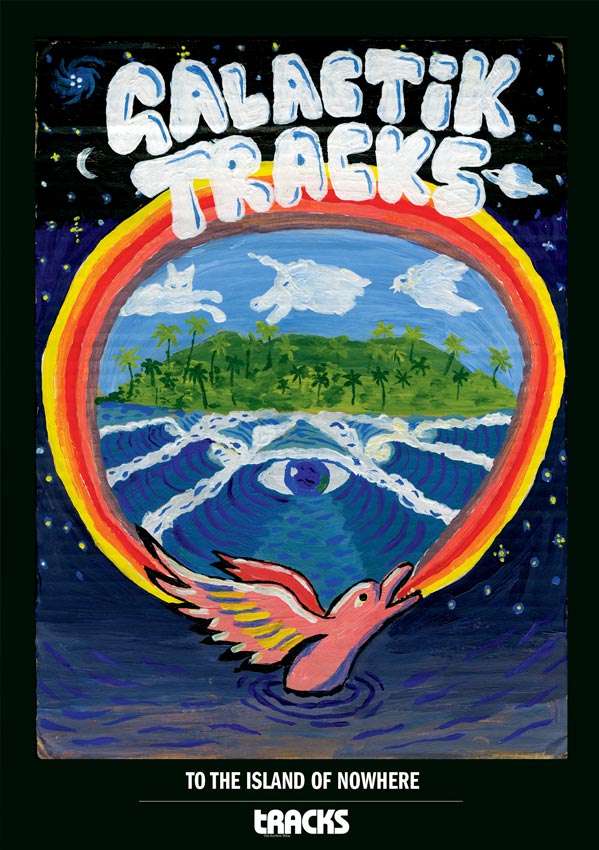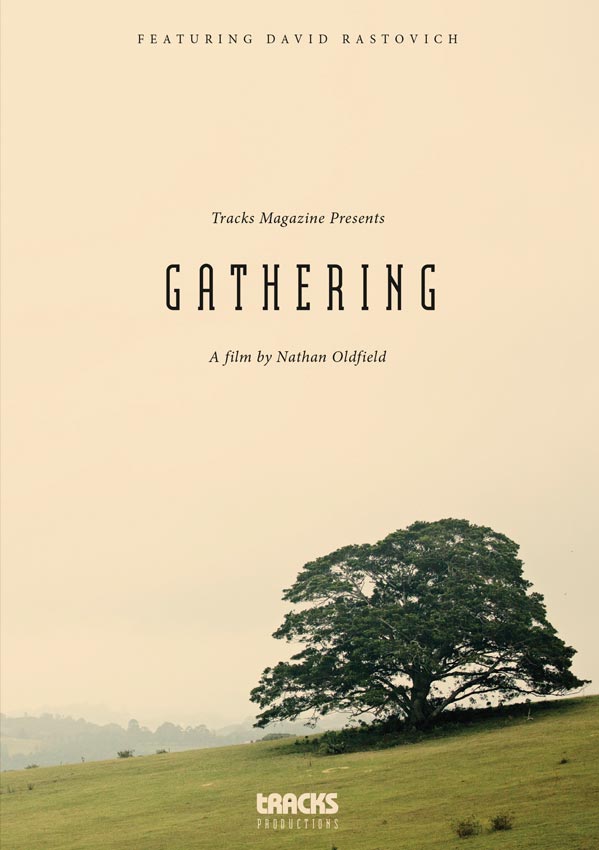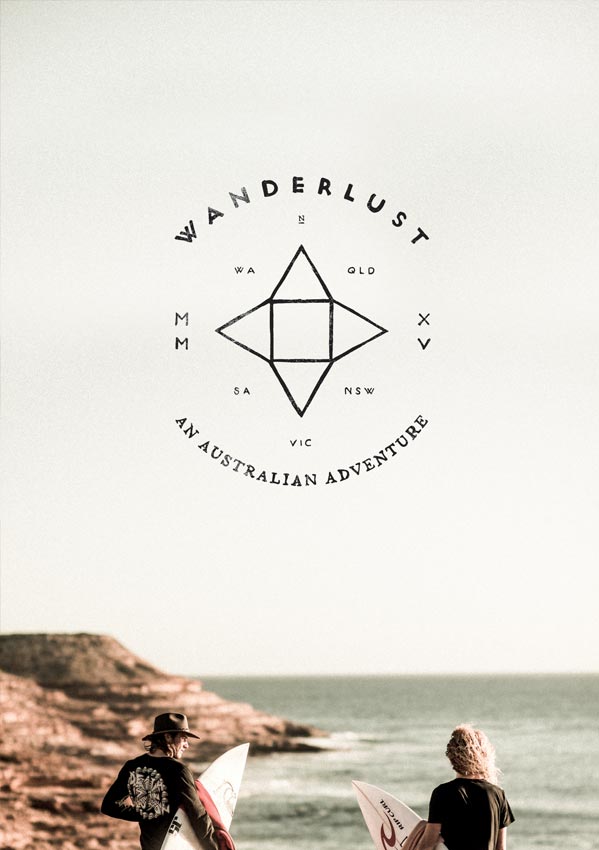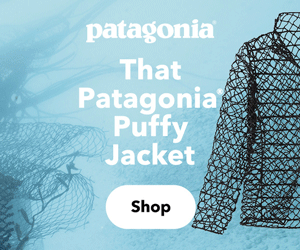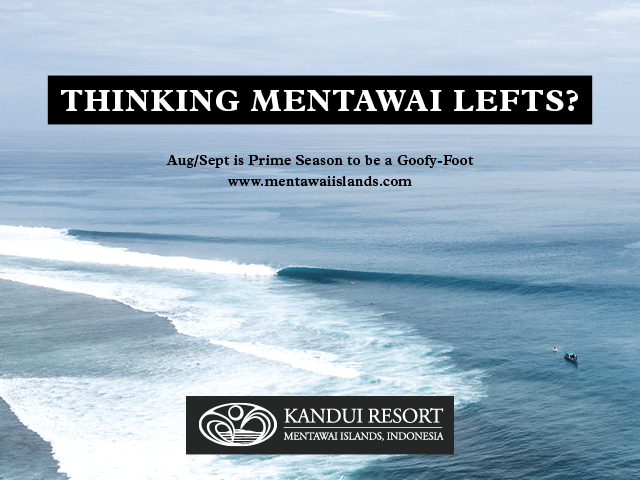It’s no secret that most surfcraft are made from a whole lot of nasty. The toxic materials that underpin our dreamy lifestyle are bad for the planet and much worse for the lungs of industry workers. One industry-quaking example occurred when America’s biggest blank manufacturer, Clark Foam, was forced to close because of issues with environmental regulations. And then there’s the carbon footprint associated with importing/exporting and the fact that boards have an annoying tendency to break in two and end up on waste dumps like so many other short-use petrochemical detritus.
Over the decades a bunch of innovative shapers have beaten a fresh left field path attempting to improve the situation. We’ve seen boards made from bamboo, hemp and balsa glassed with stronger and less toxic alternatives. In some cases, the results have been expensive (balsa) or have come with performance downsides (actual or perceived). While a completely eco-friendly surf would require bodysurfing in the nude, significant improvements have been accomplished. Perhaps the most comprehensive is a newly launched global eco-labelling system called the ECOBOARD Project, created by not-for-profit Sustainable Surf".
The idea is simple: buy a board with an ECOBOARDS sticker attached and you know you’re getting a less toxic craft and encouraging the surfboard industry to be cleaner.
Tracks spoke to Sustainable Surf’s Project Manager Brett Giddings to find out more.
Who came up with the concept and how hard was it to bring into fruition?
Founders, Michael Stewart and Kevin Whilden started Sustainable Surf in 2011. The concept of a science-based eco-labelling program for surfboards was part of the vision and the ECOBOARD Project was launched soon thereafter in 2012. In 2013 the program was endorsed by the Surfing Industry Manufacturers Association (SIMA), solidifying The ECOBOARD Project as the label to look for when choosing a more sustainable surfboard. One of the key challenges, was the perception that the next generation of ‘eco-materials’ wouldn’t perform at the level we’ve come to expect of modern surfcraft. That idea has been completely blown out of the water with gents like Kelly Slater, Jordy Smith, Michel Bourez and Stu Kennedy and women like Lakey Peterson, Sally Fitzgibbons, Johanne Defay and Bethany Hamilton all riding ECOBOARDS on the World Tour in the last couple of years.
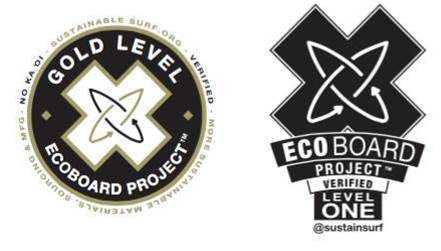
You rate boards into two categories: how big an improvement is an ECOBOARD and then a gold standard ECOBOARD from the norm?
We published a surfboard lifecycle study in 2016 with Pure Strategies (a leading sustainability consultancy) that demonstrated that there is a measurable reduction in carbon footprint and toxicity by using an ECOBOARD Qualified Material (core/blank or resin) to make a Level One ECOBOARD. We worked closely with program partners Entropy Resins, Marko Foam, Channel Islands and Firewire to measure the impact of the materials and processes used to make surfboards. The study confirmed that a Gold Level ECOBOARD, made with a recycled EPS core and plant-based resin, has a 30% reduction in carbon footprint. Environmental performance can be improved even further when board builders reduce waste and use renewable energy. To qualify to make Gold Level ECOBOARDS a brand goes through an audit process with Sustainable Surf to identify and act on broader sustainability opportunities; further reducing the impact of boards being built.
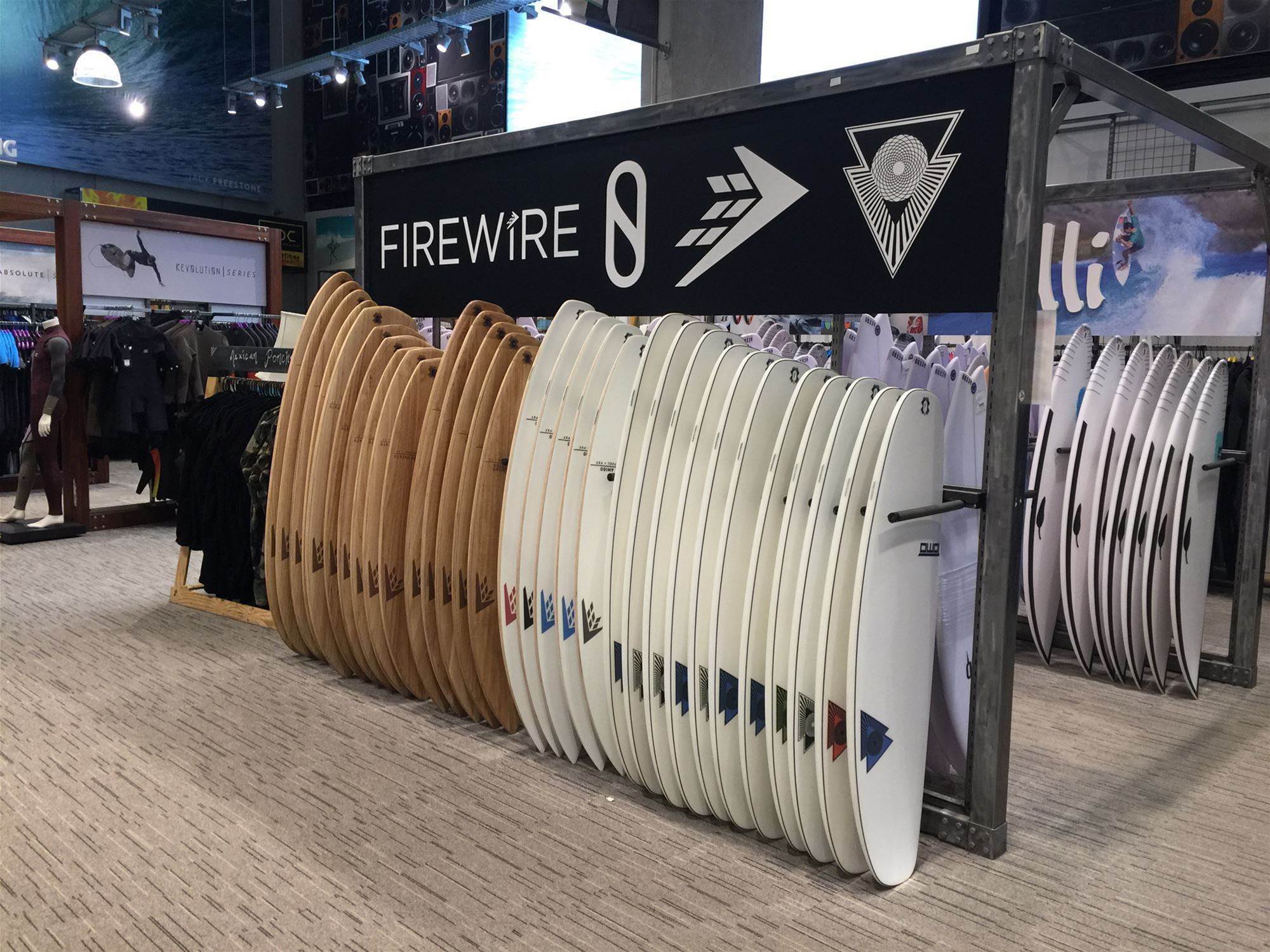
Do the greener materials add much to production costs?
Typical polyester resin remains a cheaper option, however plant-based epoxy resins are comparable in cost to standard petroleum-based epoxy resins. Like many purchasing decisions, it generally comes down to scale and access to product. There are four different plant-based resin suppliers and one recycled blank supplier with ECOBOARD Qualified Materials, offering products at different price points. You can see all of the Qualified Materials on our site. Just as important is how this next generation materials performs. ECOBOARDS are increasingly being ridden by WQS and WCT surfers in all types of conditions.
And any shaper can join the program?
That’s right. We believe in a big tent! The program is designed so that any shaper can get started by signing up to the program and using ECOBOARD Qualified Materials. The Project is designed so that the world’s largest brands and artisanal shapers gain value from making boards that carry the ECOBOARD logo. For those looking to take it to the next level of sustainability, there’s ECOBOARD Gold Level. In addition to using Qualified Materials, Gold Level requires board builders to commit to broader sustainability goals.
Who’s in so far?
Since 2012, there have been nearly 100,000 ECOBOARDS made by over 50 registered board builders. They are being made by big brands like Firewire, Channel Islands and Lost, and also smaller artisans in Australia like Maurice Cole and Treehouse Surfboards.
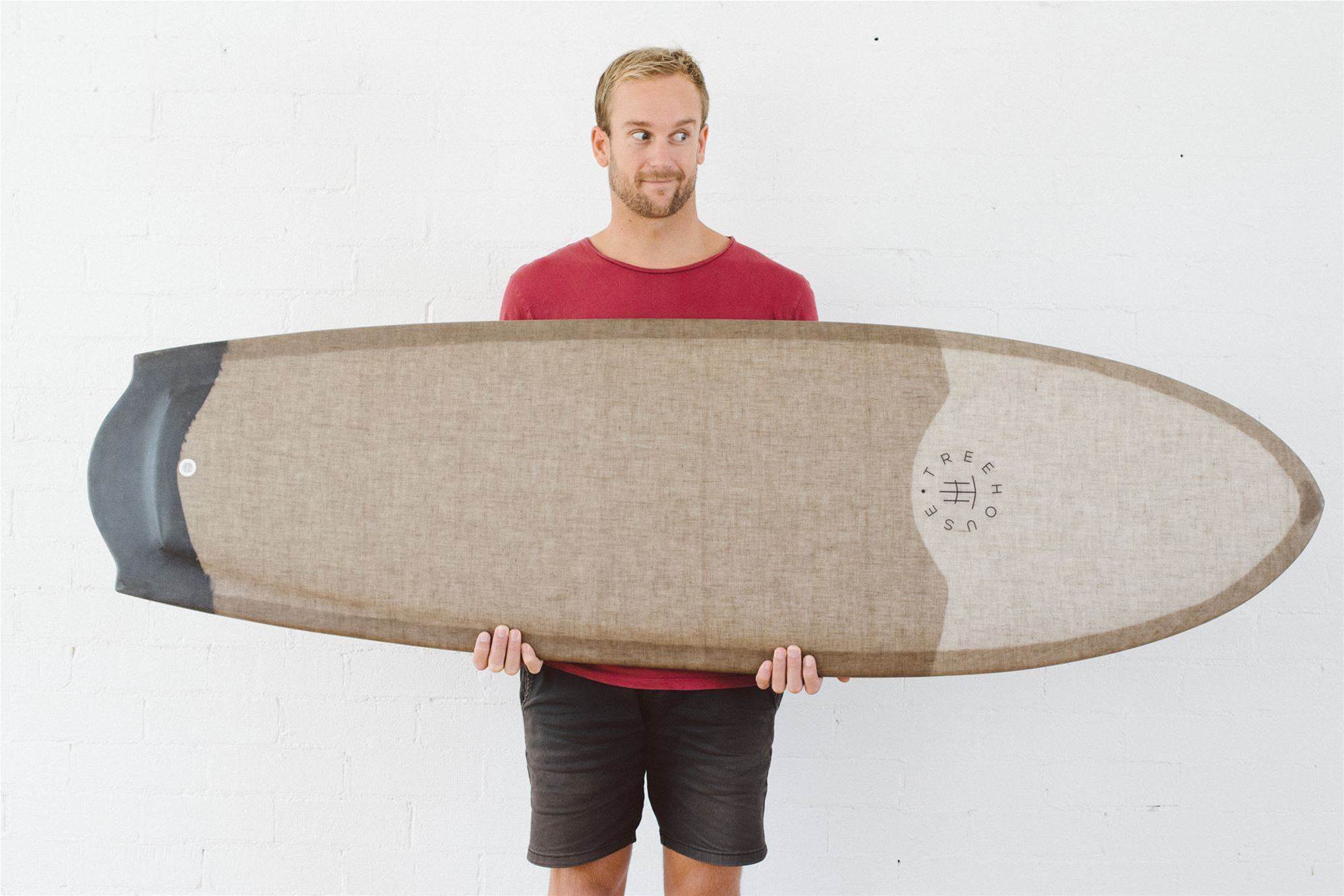
What’s been the feedback and level of interest?
Most of the feedback so far has been super positive, and all of it has been helpful. It seems clear that the ECOBOARD Project has launched a wider conversation about sustainability within surfing that had been sorely missing. The board builder community is stoked that there is now a platform (and a science-based level playing field) that helps them communicate the sustainability attributes of boards in a clear and simple way to surfers. The number of ECOBOARDS is set to increase significantly in the next 12 months, meaning more and more people are choosing and riding boards carrying the ECOBOARD logo.
To find out more about ECOBOARD certification go to www.sustainablesurf.org
p.p1 {margin: 0.0px 0.0px 0.0px 0.0px; font: 16.0px Helvetica; -webkit-text-stroke: #000000}
span.s1 {font-kerning: none}

